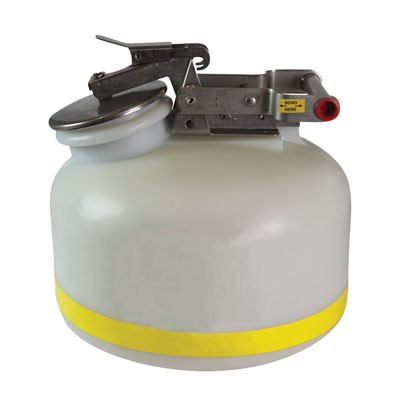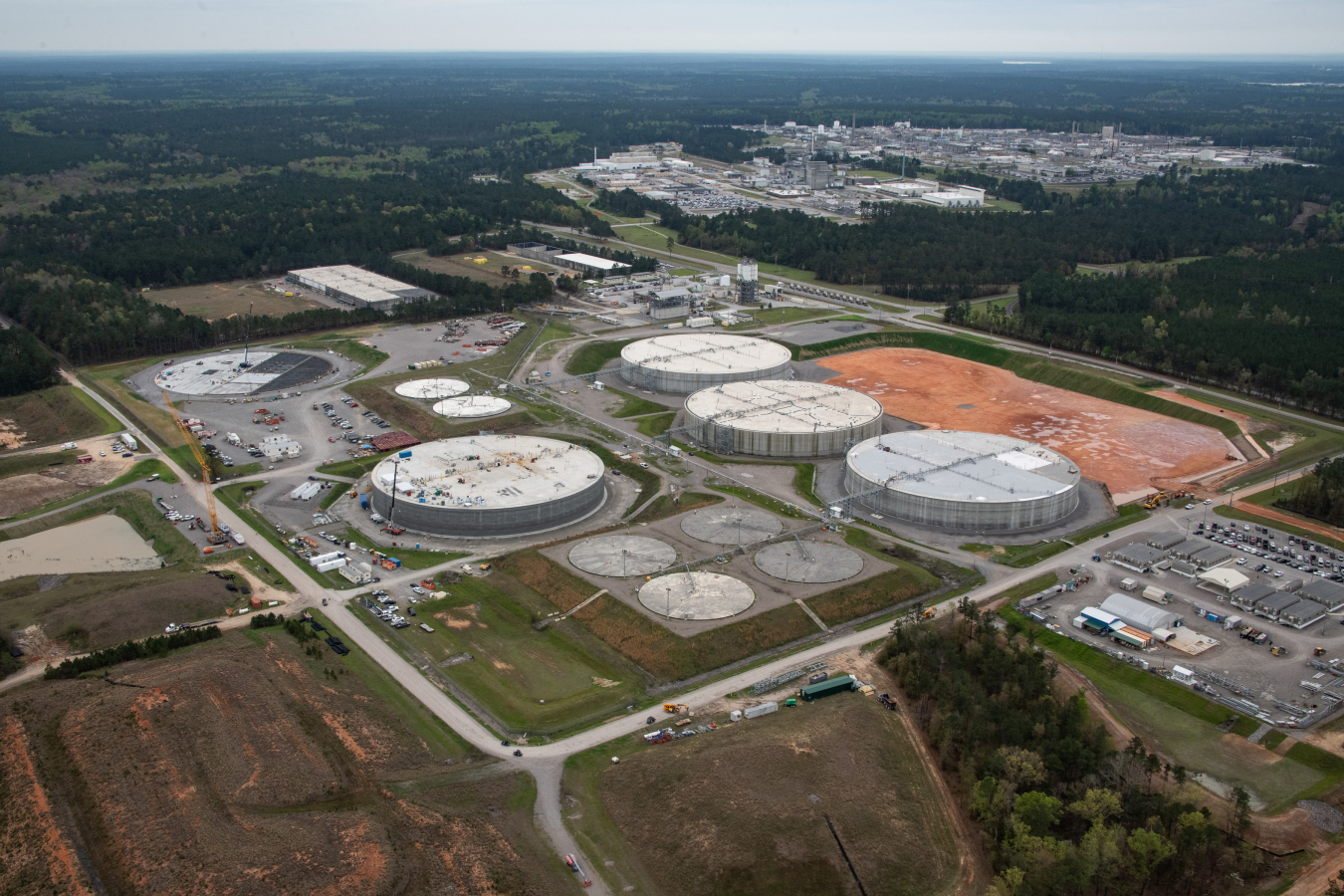Industrial Wastewater Treatment: Customized Solutions for Facility Wastewater Obstacles
Industrial Wastewater Treatment: Customized Solutions for Facility Wastewater Obstacles
Blog Article
Just How Liquid Waste Disposal Functions: A Comprehensive Summary of Strategies and Technologies Utilized

Overview of Fluid Waste Kind
The complexity of liquid waste types demands a detailed understanding of their attributes and implications for disposal. Liquid waste can broadly be classified into numerous kinds, consisting of industrial, metropolitan, agricultural, and contaminated materials. Each classification exhibits unique buildings, calling for details administration techniques to minimize environmental and health threats.
Industrial liquid waste stems from making processes and often contains a variety of impurities, such as hefty metals, solvents, and organic compounds. Community liquid waste, primarily comprising wastewater from homes and industrial facilities, consists of organic issue, nutrients, and virus (industrial wastewater treatment). Agricultural liquid waste, including runoff from ranches, may include fertilizers, chemicals, and animal waste, presenting risks to water high quality and ecological communities
Harmful liquid waste is defined by its poisoning, reactivity, or prospective to create injury. This category includes materials like acids, bases, and certain chemicals that necessitate rigid handling and disposal procedures. Comprehending these diverse fluid waste kinds is essential for developing effective disposal techniques and making sure conformity with ecological laws. Appropriate category and characterization are vital for executing ideal treatment strategies and minimizing the damaging effects on public health and wellness and the atmosphere.
Physical Therapy Approaches

Testing is the first action, where larger bits and debris are gotten rid of from the fluid waste using screens or grates. This procedure safeguards downstream tools from damages and makes certain smoother operation. Complying with screening, sedimentation uses gravitational force to separate solids from fluids. In sedimentation storage tanks, larger fragments resolve near the bottom, creating a sludge layer, while the cleared up liquid can be further dealt with.
Purification is one more crucial technique that includes passing the fluid with permeable products, such as sand or membrane layers, to capture smaller sized fragments. This action boosts the high quality of the liquid, making it suitable for subsequent treatment procedures.

Chemical Treatment Techniques
Chemical therapy methods are vital for effectively handling liquid waste, specifically in attending to liquified and colloidal pollutants that physical methods might not effectively eliminate. These strategies use different chemical agents to neutralize, precipitate, or transform dangerous materials into less hazardous types.
One common method is coagulation and flocculation, where chemicals such as alum or ferric chloride are included to advertise the aggregation of suspended fragments. This process enhances sedimentation, enabling easier removal of the resulting sludge. Additionally, oxidation procedures, utilizing representatives like chlorine or ozone, are utilized to damage down intricate natural substances and pathogens, providing the waste much safer for discharge or more treatment.
Neutralization is an additional critical method, which changes the pH of acidic or alkaline waste streams to neutral levels, avoiding possible damage to downstream systems and the atmosphere. Furthermore, progressed oxidation procedures (AOPs) make use of mixes of oxidants and ultraviolet light to deteriorate persistent contaminants, accomplishing a greater degree of therapy effectiveness.
Organic Treatment Procedures
Biological therapy procedures play a vital function in the administration of liquid waste by utilizing bacteria to decay raw material and decrease impurity degrees. These Visit Website processes can be broadly categorized into cardio and anaerobic treatments, each utilizing certain microbial neighborhoods to attain efficient waste destruction.
Cardio therapy includes the usage of oxygen to promote the breakdown of organic materials by microorganisms. This process is generally applied in turned on sludge systems, where aeration storage tanks provide a favorable setting for microbial development, resulting in the oxidation of organic toxins. The resultant biomass can be separated from dealt with effluent with sedimentation.
In comparison, anaerobic therapy occurs in the lack of oxygen, counting on different microorganisms to break down organic matter. This technique is specifically advantageous for high-strength waste, as it creates biogas, a renewable resource resource, while reducing sludge production. Technologies such as anaerobic digesters are often employed in commercial and municipal applications.
Both anaerobic and cardiovascular organic therapies not only reduce the environmental influence of fluid waste however likewise promote source healing, making them crucial parts of sustainable waste administration methods. Their adaptability, efficiency, and performance sustain their prevalent application throughout various markets.
Emerging Technologies in Disposal
Ingenious strategies to liquid garbage disposal are quickly developing, driven by innovations in innovation and a raising focus on sustainability. Among these emerging technologies, membrane layer bioreactors (MBRs) have acquired traction for their capacity to incorporate biological treatment with membrane filtering, resulting in premium effluent that can be reused in different applications. MBRs allow smaller sized navigate to this website footprints and a lot more effective operations compared to typical systems.
One more encouraging advancement is making use of anaerobic food digestion integrated with nutrient recovery innovations, which not just treats liquid waste but also creates biogas and recuperates important nutrients like nitrogen and phosphorus. This dual benefit improves source efficiency and reduces environmental impact.
Furthermore, progressed oxidation procedures (AOPs) are being adopted for the degradation of complex natural pollutants. These methods make use of effective oxidants and stimulants to break down contaminants at the molecular level, providing a very efficient service for difficult waste streams.
Moreover, the integration of fabricated knowledge and machine understanding in waste administration systems is optimizing operational performance and anticipating upkeep, resulting in minimized costs and improved environmental conformity. These modern technologies mirror a substantial shift in the direction of more lasting and reliable liquid waste disposal techniques.
Verdict
In final thought, efficient liquid waste disposal demands an extensive understanding of various strategies and technologies. By constantly progressing these techniques, it becomes possible to address the growing obstacles associated with liquid waste, eventually adding to environmental defense and resource recuperation.
Fluid waste disposal is a crucial aspect of environmental management, needing a detailed understanding of numerous techniques go to my site and technologies customized to different waste types. Fluid waste can extensively be categorized right into a number of kinds, consisting of commercial, local, farming, and dangerous waste. Agricultural fluid waste, including drainage from ranches, may have fertilizers, pesticides, and animal waste, posing threats to water high quality and communities.
Different physical treatment approaches play a vital role in handling fluid waste properly - industrial wastewater treatment.In final thought, reliable fluid waste disposal necessitates an extensive understanding of different strategies and innovations
Report this page